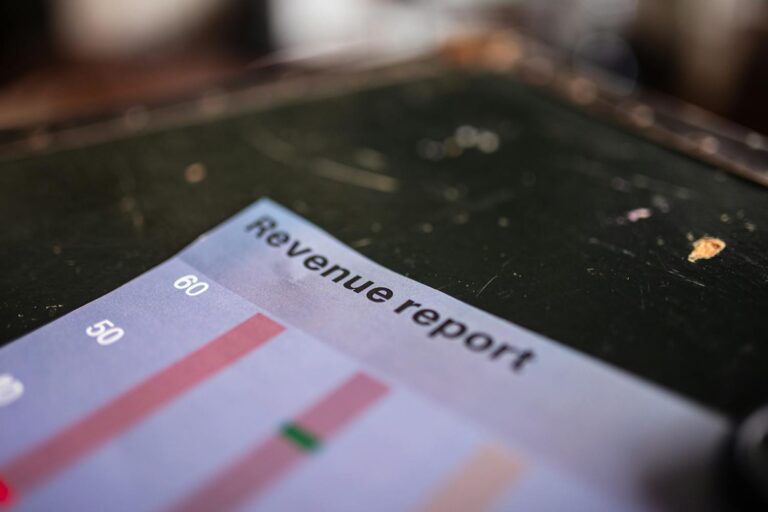Times are tough, but there are ways to mitigate the impact on your business. As you read this, I’m sure you are currently considering — or already have considered — the various ways that an economic downturn could affect your business, and what marketing strategies can keep you competitive.
No matter how difficult it may seem to invest time and energy into marketing, consider these 6 marketing strategies that are high-impact and high-ROI – even in the worst of times.
#1 Ramp Up Email Marketing
Why? Because email marketing is cost-effective, takes little time, and delivers content directly to prospects and current customers. If you haven’t already, get started building a list of both of these groups and begin creating targeted email campaigns for not only these broader groups (of customers and prospects) but smaller demographic groups within each. By addressing each unique group’s needs, you have a higher likelihood of increased sales.

And don’t skip on the automation; that’s how you’ll save time in the long run. Once you’ve separated prospects and customers in groups based on past purchases or perceived needs, automate and personalize emails for these readers. The more relevant the content, the higher the engagement. Also, don’t forget a call to action that urges your readers to take a step closer to purchasing from you.
Don’t forget: every good email campaign includes a plan for following up. Don’t give up when your readers don’t take the bait immediately. Create a plan for reaching out again, and create some sort of urgency so that they are more likely to engage this time around.
#2 Leverage Current Customers
Of course, it’s much easier to keep a customer than to find a new one. That’s why it’s so critical in a bad economy to take good care of your current customers. And, while you’re at it, you can make them “loyal customer” offers that help you make more sales while also meeting their needs at a discounted price.
Specifically, incentivize repeat purchases in upsells. You’ll engender loyalty, and you’ll find another way to bring in more money. And, hey, if you’re impressive enough, you may even get some referrals out of it. After all, people LOVE to share a good experience with their friends and family.
#3 Analyze Past Success and Failure
You can’t get a good read on where to cut and where to spend if you’re not sure what’s worked in the past. So, when the economy begins to dip, it’s time to spend some time analyzing what’s worked and what hasn’t in the past several months. Are your email campaigns bringing in new customers? Are some of your ads leading to conversions and some leading nowhere? Are people engaging with your blog content?
When you know the answers to the questions above, you can dedicate more time, energy, and money to strategies that work and cut the budget on those that don’t.
#4 Optimize Your Website

SEO helps you position yourself as a credible and strong business, above the competition in your industry. If customers can find you quickly with a google search, they assume you’re the best option for their needs. On the other hand, if your business doesn’t appear on the first page of search results, you can just forget about customers finding you unless they are deliberately searching solely for your company.
So, how do you optimize for SEO? First, you’ve got to determine which keywords (a string of words used by customers to conduct a Google search) you will need to use to compete. Then, weave these keywords into your website content, your blog article content, and your URLs, picture captions, and subheadings.
Of course, SEO can be a pretty complicated topic, so if you want to move beyond the basics, you can take an SEO course or hire someone who knows all about how to make your company stand out.
#5 Ask For Reviews and Testimonials
This one is simple but effective. In an economic downturn, you’ve got to be able to compete. That means having more positive reviews and testimonials than other companies in your industry. When customers are considering which business to choose for their needs, they check reviews. If you don’t have a considerable amount, or if the ones you do have aren’t impressive, you can’t expect people to choose you.
So, what do you do? Reach out to your current or prior customers and incentivize them to review you. Offer a one-time discount or a short trial — whatever will get them to take a few moments to talk you up. The more, the better!
#6 Remarket to Prior Visitors
Increase your likelihood of closing a sale by marketing to those who have already shown interest. This is called remarketing, a relatively new technique that tracks users who have visited your website. Then, you are able to market to that person, with a Facebook Ad for example, because you know they’ve already shown interest in what your business has to offer.
Pressing Forward with a Solid Marketing Strategy

Of course, a down economy means that you have to adjust the way you market to potential customers, but that doesn’t mean you can’t realize success. As buyers’ needs and budgets change, so too will your marketing strategy. And when you make those necessary changes, you can effectively reach your audience — whether old or new — and maintain the growth of your business.





